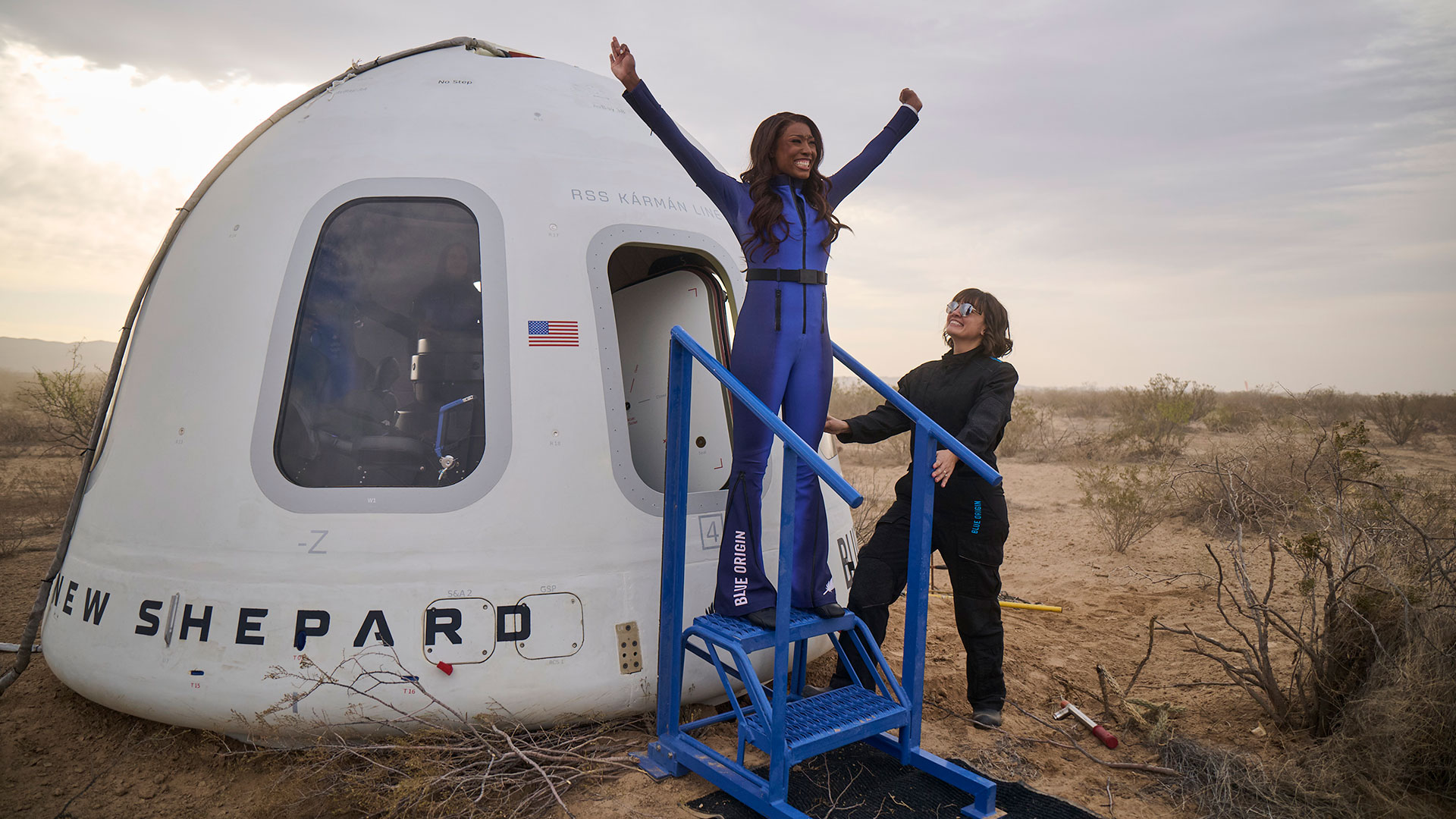Scientists Invent Holograms You Can Touch
Get your hands on the latest in holographic tech — or if you want to be pedantic about it, volumetric displays. Using a clever system of elastic bands and rapidly projecting images, a team of researchers in Spain have created three-dimensional virtual objects that you can physically manipulate, allowing you to directly poke and prod at them without the need of a boring controller. As detailed in a new paper that is yet to be peer-reviewed, the device works with intuitive hand gestures that most people are familiar with from using touchscreen devices, such as a pinching motion to zoom […]


Get your hands on the latest in holographic tech — or if you want to be pedantic about it, volumetric displays.
Using a clever system of elastic bands and rapidly projecting images, a team of researchers in Spain have created three-dimensional virtual objects that you can physically manipulate, allowing you to directly poke and prod at them without the need of a boring controller.
As detailed in a new paper that's yet to be peer-reviewed and will be presented at the CHI 2025 conference this month in Japan, the device works with intuitive hand gestures that most people are familiar with from using touchscreens, such as a pinching motion to zoom in and out, or tapping and swiping. And like a little stickman, you can even traverse across a digital landscape by performing a walking motion with two fingers, as seen in a video demonstration.
"We are used to direct interaction with our phones, where we tap a button or drag a document directly with our finger on the screen — it is natural and intuitive for humans," coauthor Asier Marzo at the Public University of Navarre (UPNA) said in a statement. "This project enables us to use this natural interaction with 3D graphics to leverage our innate abilities of 3D vision and manipulation."
The prototype is the latest in volumetric display technology, which technically isn't the same thing as a hologram. In fact, the "holograms" you see in sci-fi movies are almost always better described as volumetric displays, according lead author Elodie Bouzbib from UPNA. In short, these are images that appear to take up space and float mid-air — but with the key distinction of appearing 3D when viewed at multiple angles, according Bouzbib. Holograms, by contrast, have very limited viewing angles in which the illusion of three-dimensionality is maintained.
Traditionally, volumetric displays use a rigid diffuser to show off the images, sort of like a snow globe. The effect is convincing, but it doesn't allow for hands-on interactions. Ditching the hard stuff, the researchers opted for an elastic diffuser instead, after experimenting with six different flexible materials. Their choice needed the right amount of give without deforming irreversibly. Just as important a consideration was their optical properties: silicone bands, for example, reflected too much light, blowing out the image.
In the end, the team went with the elastic bands. Arranged in side-by-side strips, the bendy material quickly oscillates at a speed matching the images, which are projected across a range of heights at 2,880 times per second. The gaps between the strips provide natural points for a hand to grab onto, or even reach through.
It's a pretty ingenious solution, and the researchers believe that it'll open the door to creating more natural shared virtual reality experiences. With such a device, multiple people could interact with the virtual objects without the need of a headset.
"These displays could be particularly useful in museums, for example, where visitors can simply approach and interact with the content," the team said in the statement.
More on holograms: Rural Hospital Installs Holograph Machine So Doctors Can Appear From Elsewhere
The post Scientists Invent Holograms You Can Touch appeared first on Futurism.





































































